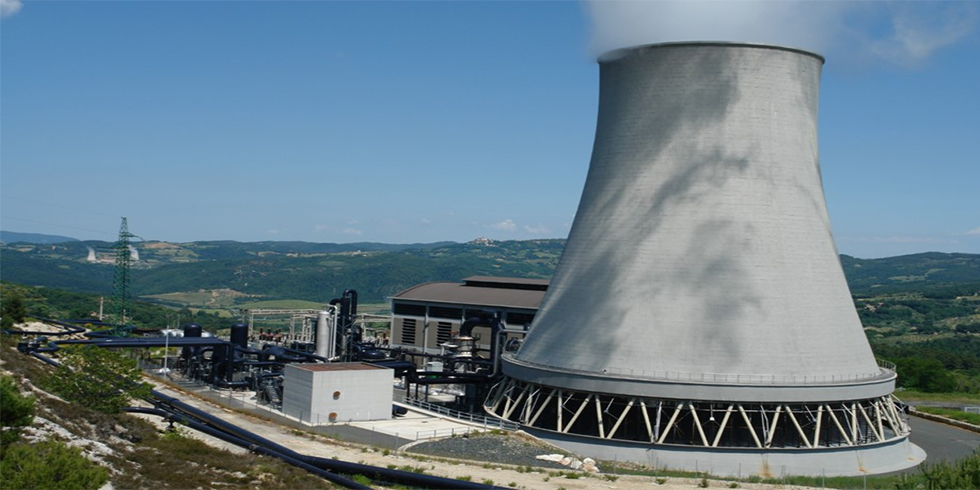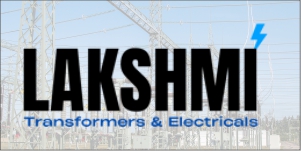The Ministry of New and Renewable Energy (MNRE) has set a target of adding 100 gigawatts (GW) of solar energy by 2022. For this goal, there are many private players who are helping the government in achieving this target.
Indian rooftop solar panel developer CleanMax Solar is one such company that has been recognized by MNRE to achieve this goal. In an exclusive interview with BW Businessworld, Sushant Arora, Co-founder of CleanMax Solar discusses the rooftop solar panel industry and the future of solar energy. Edited Excerpts:
How is CleanMax Solar being instrumental in helping MNRE help achieve its vision and target of adding 100 GW of solar energy by 2022?
As India’s No. 1 rooftop solar developer with 24 per cent market share (Bridge to India Report 2017), we are consistently working to increase our installed capacity in tandem with government’s National Solar Mission of 100 GW by 2022. Of this target, 40 GW is targeted at the rooftop segment.
At CleanMax Solar, we are working towards installing 200-250 megawatts (MW) of cumulative solar capacity this financial year and are confident of reaching this target as an increasing number of corporate and institutional clients are opting for sustainable energy which also saves them anywhere between 15 - 40 per cent versus grid power without any investment.
Despite falling costs and record low prices for solar energy, why is it still not a rising phenomenon in our country? When the solar energy 'revolution' will take place here?
On the contrary, we believe that India is amid a solar revolution. Since 2017 has been touted as a landmark year for solar energy in India, installations have hit 10 GW. Post the 2015 Paris Climate Conference (COP21), several corporates have pledged towards RE100 to become carbon neutral.
Along with large ‘utility-scale’ solar plants and the demand for solar energy through rooftop or grid-connected solutions, the use of solar energy is increasing significantly. The ‘OPEX’ or ‘BOO (Build Own Operate)’ Model has been successful in bringing about the solar energy wave in India since it is risk-free, capex free and very convenient to adopt.
How goods and services tax (GST) affect the solar energy sector? Was it beneficial or detrimental to the efforts of CleanMax Solar and other rooftop solar panel players?
GST is an excellent initiative by the government to help ease business and we feel that the long-term benefits far outweigh the initial hiccups and should in no way be an obstacle to the solar story in India.
What are some of the challenges faced by the rooftop solar industry?
Two of the most significant challenges for rooftop solar industry are net metering policies, and expectations on continuous reduction of prices.
Net metering policies are essential to wider adoption of rooftop solar systems, since they provide solar power to be fed back into the grid on days when rooftop solar system users don’t have adequate load e.g. Sundays at a factory and summer vacations at a school.
While many states have issued net metering regulations, there are various implementation challenges as Distribution Companies (DISCOMs) and energy development agency officials are often under-informed or misinformed about the provisions of the regulation and their applicability on the ground.
Further the regulations in many states themselves are artificially restrictive and place unnecessary limits on the size of the rooftop solar plant that can be installed. These limits are often arbitrary and not linked to the carrying capacity of the existing grid e.g. most states’ net metering policies have a cap of 1 MWp on rooftop solar plants seeking net metering.
Some states such as Gujarat also restrict net metering only to those plants which are owned by users themselves rather than those owned by a developer like CleanMax Solar under the opex model. This severely curtails the pace of adoption in that state.
Further, solar panel prices have fallen drastically over the last few years. While that’s great for the industry in general it has created the unrealistic expectation with users that prices will continue to fall and potential solar users continue to delay solar power adoption in the hopes of even cheaper pricing.
We feel this is risky and such a trend cannot continue indefinitely; in fact earlier this month solar panel prices rose by 2-3 cents (USD dollar) per watt peak, which is the first of its kind in many years.
What are some of CleanMax Solar’s initiatives in reducing carbon footprint internally and externally (for other entities)?
At CleanMax Solar, our vision is to help companies go green by adopting solar power and thus reducing their carbon footprint to help become more energy efficient. Currently, CleanMax Solar has installed around 85 MWp onsite power plants and around 60 MWp offsite power plants. In direct terms, it leads to 120 thousand tonnes of carbon dioxide abatement annually. We’ve also helped corporates like Mindtree in their path towards RE100 mission. Currently their Whitefield facility in Bengaluru draws 75 per cent of its power from our open access solar farm in Karnataka.
What does the future look like for rooftop solar panel industry and for CleanMax Solar?
As sustainability partners for leading corporates and PSUs, our penetration into the market is taking off and the future looks bright. Companies are realising the importance of sustainability in their operations and in energy efficiency. We are also looking at energy storage solutions besides considering overseas expansion to the Middle East and South Asia. We see huge potential for our expertise in the region and are already working on our first rooftop project in the Middle East.
As for India, the benefits associated with rooftop solar systems are multi-fold. It includes reduction in the land and interconnection costs. Rooftop solar plants assist DISCOMs by reducing the peak demand during daytime and decrease transmission and distribution (T&D) losses as the power is consumed at the point of generation.
According to PwC, more than 10,000 MW of electricity will be saved by avoiding T&D losses in 2022 alone if 40 GW rooftop PV is achieved. Further, commercial benefits in avoiding investments in transmission system are huge. Finally and most importantly, it reduces the dependence on grid power, diesel generators and is a long-term reliable power source for consumers.











Add Comment